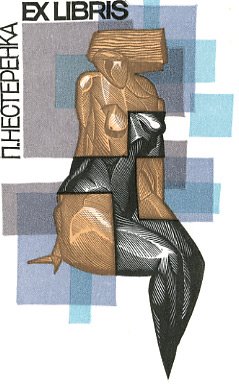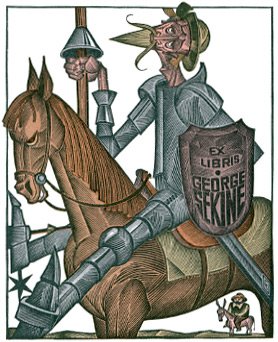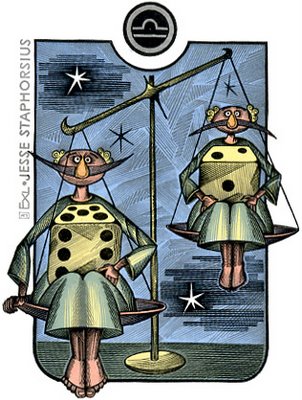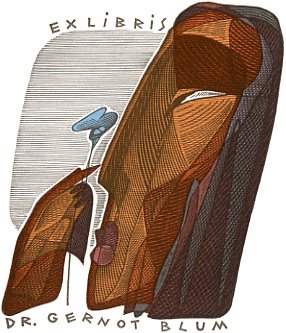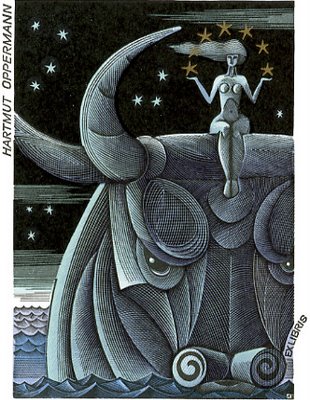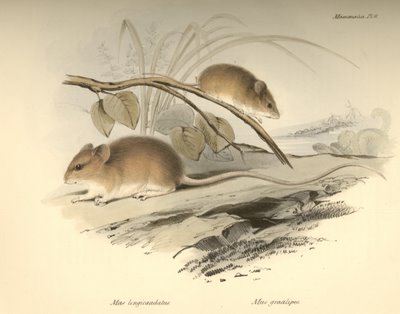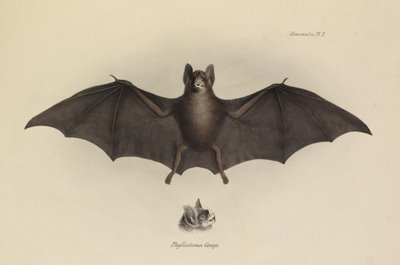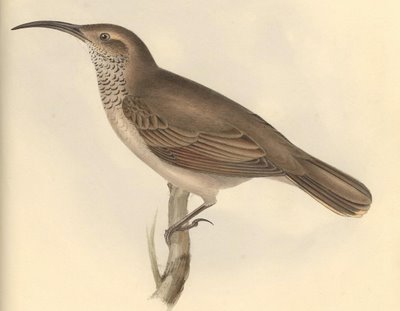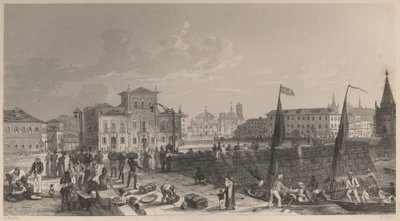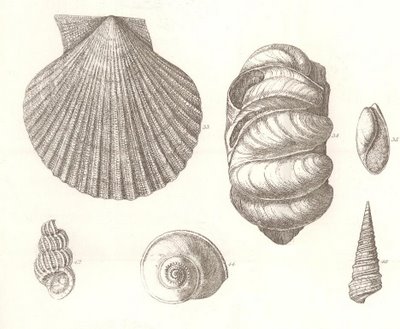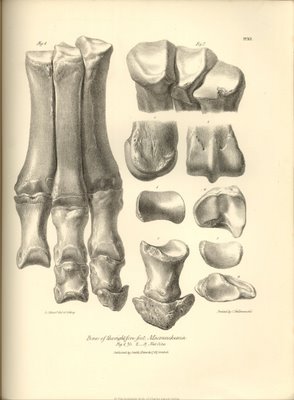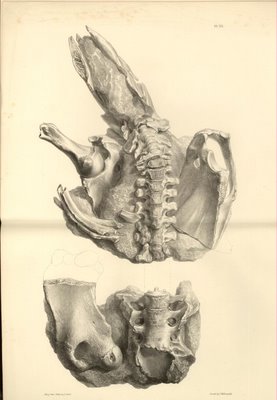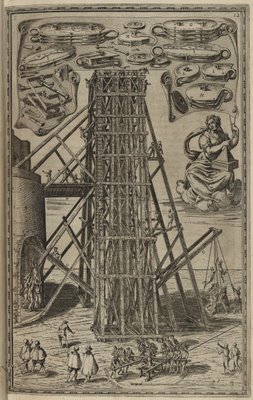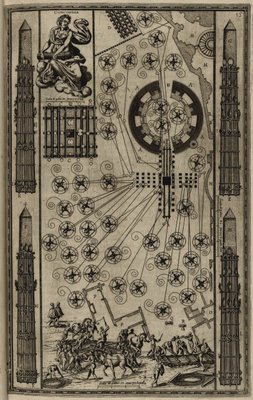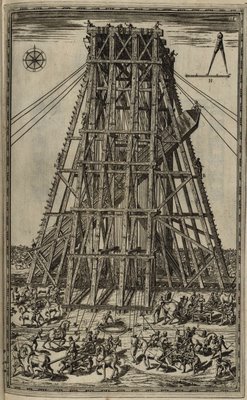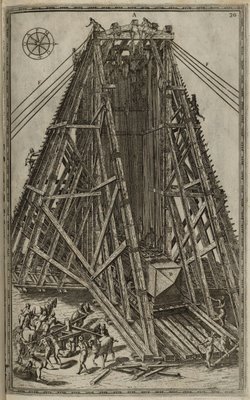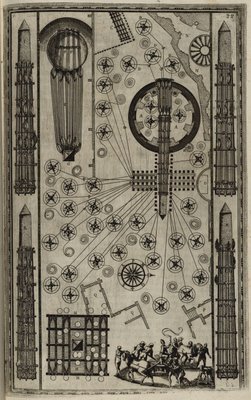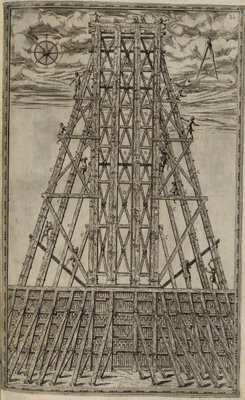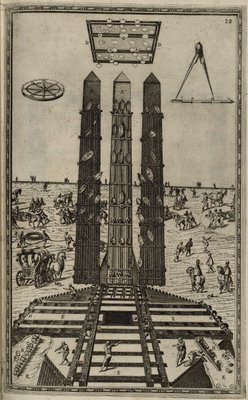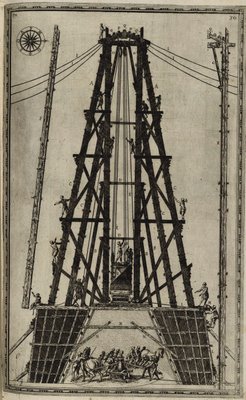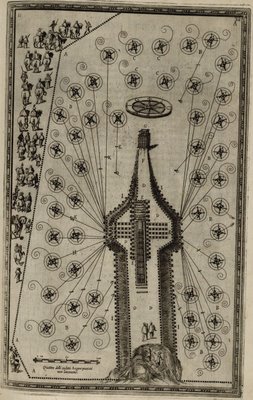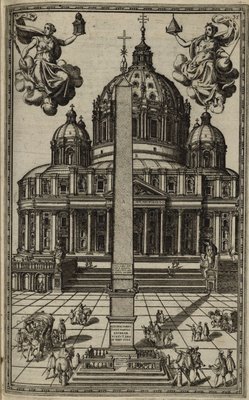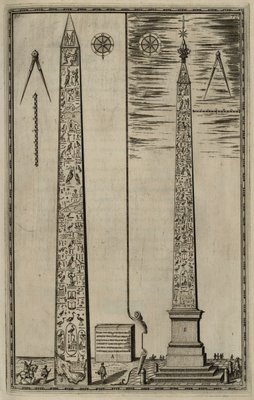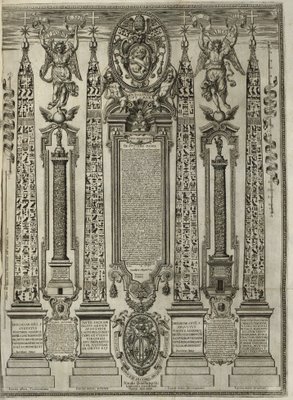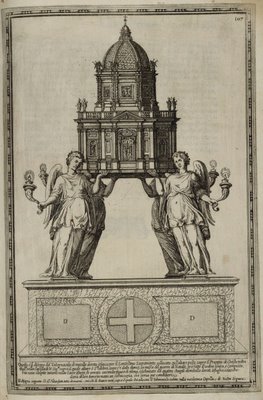in an extensive portfolio of bookplates, among their other artistic endeavours.
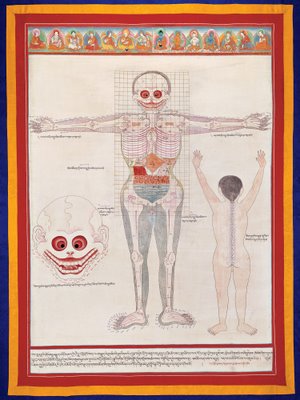
Tibet - 20th century Thangka. Gouache on paper.
at 'Treasures from Tibetan Monasteries' via Plep.
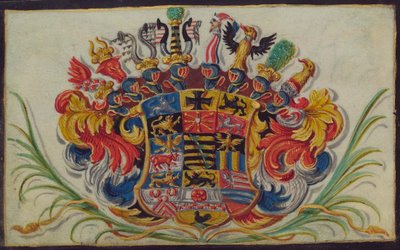

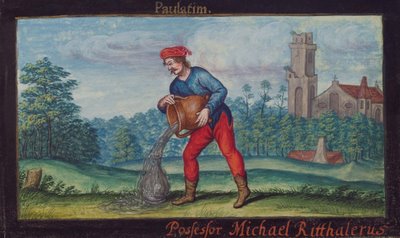
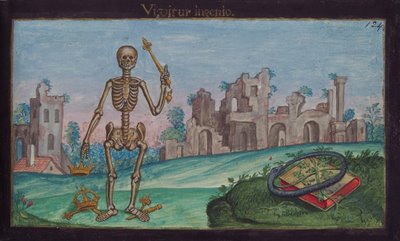
this case, a german Stammbuch - but I do find them quite intriguing. This is
the Stammbuch of Michael Ritthaler and was compiled between 1675 and
1681 while he was at school and/or University. The majority of entries in this
454 page book at Wolfenbüttel Digitalen Bibliothek are written tributes or
wishes in latin, with occasional german, hebrew and greek. Just a little more
artistic than: "stinky was here". [note the thumbnail menu in the sidebar]

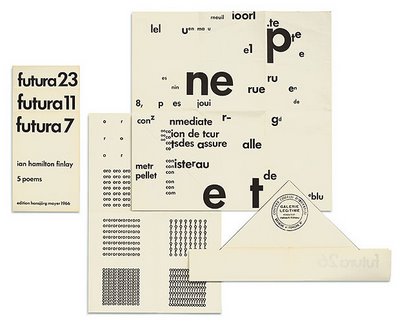
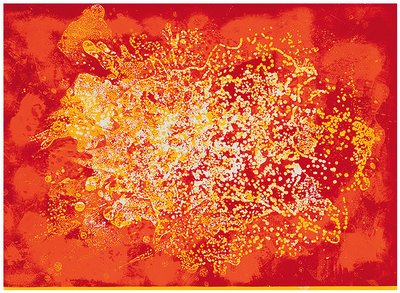

'Eye on Europe: Prints, Books & Multiples/1960 to Now'
(until January 2007) - with an extensive flash website featuring
everything from concrete poetry and artbooks to screenprints and
object art pieces to a sausage book. In other words, the often emotive
and occasionally mystifying world of contemporary art but with a
focus on prints. It's a worthwhile timesink, I promise.




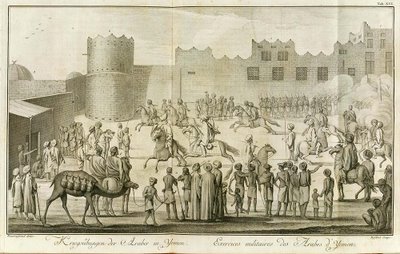
The 6 year expedition to Egypt and Yemen (among other places) funded by the King of Denmark in 1761 was the stuff of romantic legend. Filled with death, womanising and general intrigue, Carsten Niebuhr - the only survivor - recorded a dispassionate account of the journey in 'Beschreibung von Arabien' (the first of 4 volumes) in 1772 - something of an historical classic in terms of educating Europe about the Middle East.
The whole book is online at the University of Göttingen but the illustration quality is mediocre for the mostpart (one or two of the above illustrations come from a now forgotten elsewhere). I've had these above examples uploaded for weeks and had considered flushing them altogether, but although the original book may sound a little disappointing, I remain intrigued by the story. This interesting review by Daniel Martin Varisco about a reprint of Niebuhr's work refers to Thorkild Hansen's 1964 publication, 'Arabia Felix. The Danish expedition of 1761-1767', which I wouldn't mind reading.

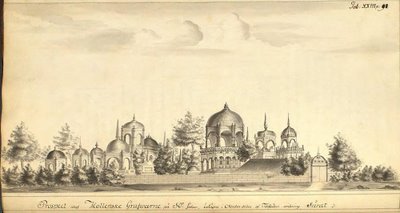
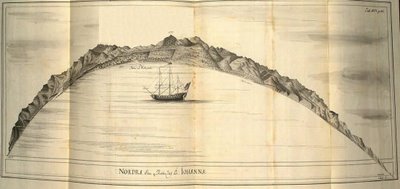
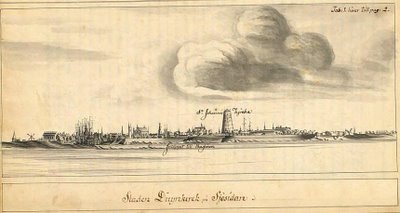
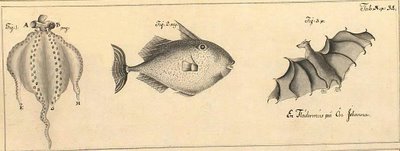


I should delete these 18th century journal sketches. But sometimes I'm persuaded
both by the timesink that goes into finding them in addition to their general rarity.
These images pertain to Surat in Gujarat in western India and come from what
(I guess) was the official ledger for the Swedish East India company. Although they
were primarily based in Canton in China, a company office was operating in Surat
during the whole time period (1731-1813) the Swedish East India Company was in
existence - or at least, I saw dates in this present journal covering that whole period.
The company was founded on the back of the successes of the British and Dutch
East India companies but there was no colonialist role in the case of Sweden.
A large database of digitized primary source documents are held in the company's
founding city - at Göteborg University Library in Sweden. From memory I found
the above journal ('Beskrifning Pa SkeppetGothaLeijons Resa Till Surat Och Atsillige AndreIndienOrster') by using something in the properties or URL of the picture on the first page of the site. The main starter pages of the site are in english but that doesn't help much with searching. All the documents are in DjVu format necessitating a special browser plugin. It is mostly because of the format (plus age plus the original digital processing) changes from DjVu to jpg that the image quality deteriorates. A bit more about the project/company here (.pdf)
